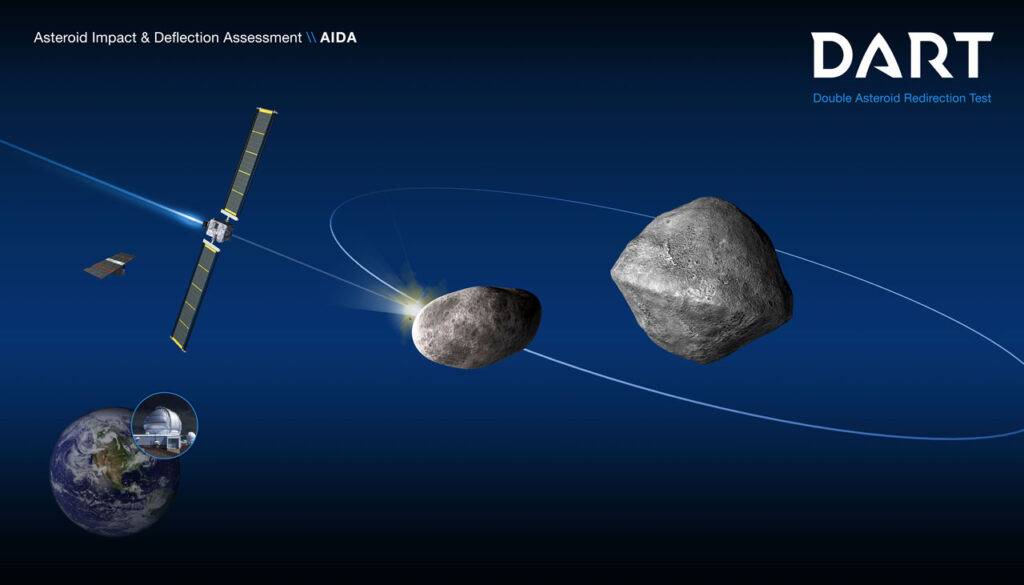NASA DART: What comes next for the collision-course asteroid mission
2 min read
NASA DART: What comes next for the collision-course asteroid mission
Mission Dart NASA is ongoing, launching Atop A SpaceX Falcon 9 and aims to answer one of the biggest questions in the film Science – and Sci-Fi: Can we avoid the asteroid attacks that have the potential to end on earth? Much to be disappointed by Bruce Willis, we guessed, the dual asteroid diversion test would not try to peel the nasty rock space at all. Instead, the ambition is completely more focused.
How risk is it attacking asteroids on earth?
We may not realize it, but our home planets come into contact with asteroids and comets almost every day. Small space rock regularly impacts the Earth’s atmosphere, but burning is not dangerous.
Larger rocks, with more significant potential impacts, far less rare. There are more than 100 structures such as rings that have been identified on earth, which is believed to have impact crates. They have accumulated for thousands of years, and a diameter of 15+ miles.
In the process, said NASA, they sprayed rock eruptions and more around the surrounding area. The kangkrerry rose in Bavaria, for example, was formed about fifteen million years ago, depression 15 miles where what was counted became a comet of 5,000 feet or hit asteroids. More than one trillion tons of materials spread over the event, spread throughout Europe.
Depending on where the collision takes place, the size of the rock involved can have serious implications for humanity. According to scientists, asteroids approximately one mile across can improve the global climate and have the potential to occur several times per million years on average. Meanwhile, asteroids 3 miles, will be enough for extinction scale events.
How does Dart help avoid asteroid strikes?
If you believe in the film, the best way to deal with the incoming extinction scale asteroids is flying there – preferably with a tough and unreasonable miner team – and planting nuclear bombs below the surface. Mission Dart Nasa, however, imagined a rather nuanced approach. Instead of destroying direct asteroids, it is designed to explore the potential to push it away from the impact.
Known as “kinetic impact,” the process avoided blunt trauma for something more targeted. DART is designed to collide with asteroids – in this case Dimorpho, an asteroid wide half a mile which is part of the Didymos binary system – and changes the path in the process.






